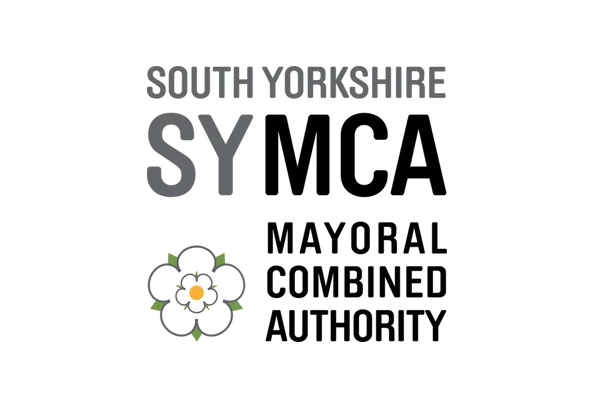
Thousands set for pay rise as voluntary Living Wage increases to £9 an hour
The real Living Wage is set to go up this week, putting around 180,000 employees in line for a pay rise.
People working for an employer who has voluntarily signed up to the scheme will see their income rise 2.8% as their hourly rate goes up to £9.
For employees in London, their pay will increase 3.4% to £10.55 an hour.
Around 4,700 organisations in the UK are voluntarily signed up, including furniture retailer IKEA, insurance giant Aviva and Google.
The rate is calculated to reflect what people must spend to feed, clothe and house themselves.
It is different to the National Living Wage, which works like the National Minimum Wage in that it is a legally binding hourly rate for staff and subcontractors aged 25 and over. Like the National Minimum Wage, the National Living Wage (currently £7.83 an hour for people over 25) is reviewed each year.
The Living Wage, on the other hand, was created by the Living Wage Foundation, which argues that the Government’s National Living Wage is not enough to meet workers’ needs.
The Living Wage Foundation encourages employers to sign up and commit to paying workers its higher, independently calculated rate.
Tess Lanning, the charity’s director, said: “Employers that pay the real Living Wage enable their workers to live a life of dignity, supporting them to pay off debts and meet the pressures of rising bills.
“We want to see local councils, universities, football clubs, bus companies and the other major public and private sector employers in every city commit to become real Living Wage employers.”
Commenting further, Ms Lanning said: “There has been a rise in the number of jobs paying less than the real living wage in the last year.
“So that’s why we need more employers to step up, go beyond the government minimum and pay a real living wage based on what people need to live.”
According to professional services firm KPMG, 22% of jobs pay less than the Living Wage.
About 5.75 million workers are earning less than the Living Wage, compared with 4.87 million in 2013.



 How advancements in technology are shaping the future of the economy in North East England
How advancements in technology are shaping the future of the economy in North East England
 South Yorkshire Craftsmanship and Innovation: A Tale of Heritage and Growth
South Yorkshire Craftsmanship and Innovation: A Tale of Heritage and Growth
 Demystifying Degree Apprenticeships
Demystifying Degree Apprenticeships
 Industry-focused apprenticeships pave the way for a bright future in science manufacturing
Industry-focused apprenticeships pave the way for a bright future in science manufacturing
 What’s the best hosting plan for a business website?
What’s the best hosting plan for a business website?